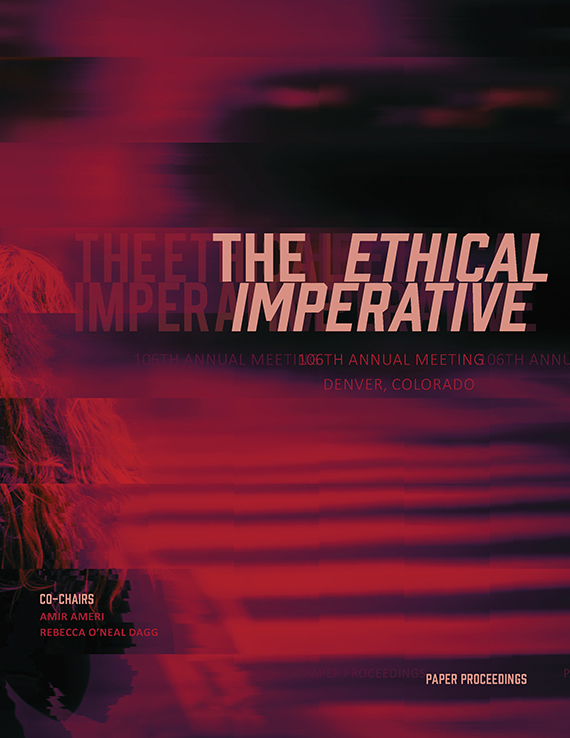Author(s): Julie Larsen
At the 2015 UN Conference on Climate Change in Paris France, 195 nations reached a decision to commit to decrease the severe effects of climate change on the planet. As we embark what some call the Anthropocene Era, we bare witness to how civilization has impacted the Earth’s ecosystem, diminishing its resources and threatening its biodiversity. With this shift in our ecosystem, a new pedagogical model for a graduate architecture studio responded to the Anthropocene through a technologically sublime intervention: The Living Archive, a new architectural type capturing the magnitude of Earth’s inevitable transformation. The ‘living archive’ program is not meant to be a stable, secure vessel but uses technological invention to bracket what is being invaded by human existence. Through the invention of an ‘archiving machine’, the studio used technological speculation to question what nature can or will become. The aim was to use ‘living archive’ as a physical commentary or critique on our current relationship to the environment. The poster describes three studio projects that speculate on the inevitable future of different environments. Through analysis, technological research, and formal aspirations, each project embodies a potential reality and potential future of the Anthropocene.
Volume Editors
Amir Ameri & Rebecca O'Neal Dagg
ISBN
978-1-944214-14-2

 Study Architecture
Study Architecture  ProPEL
ProPEL 
